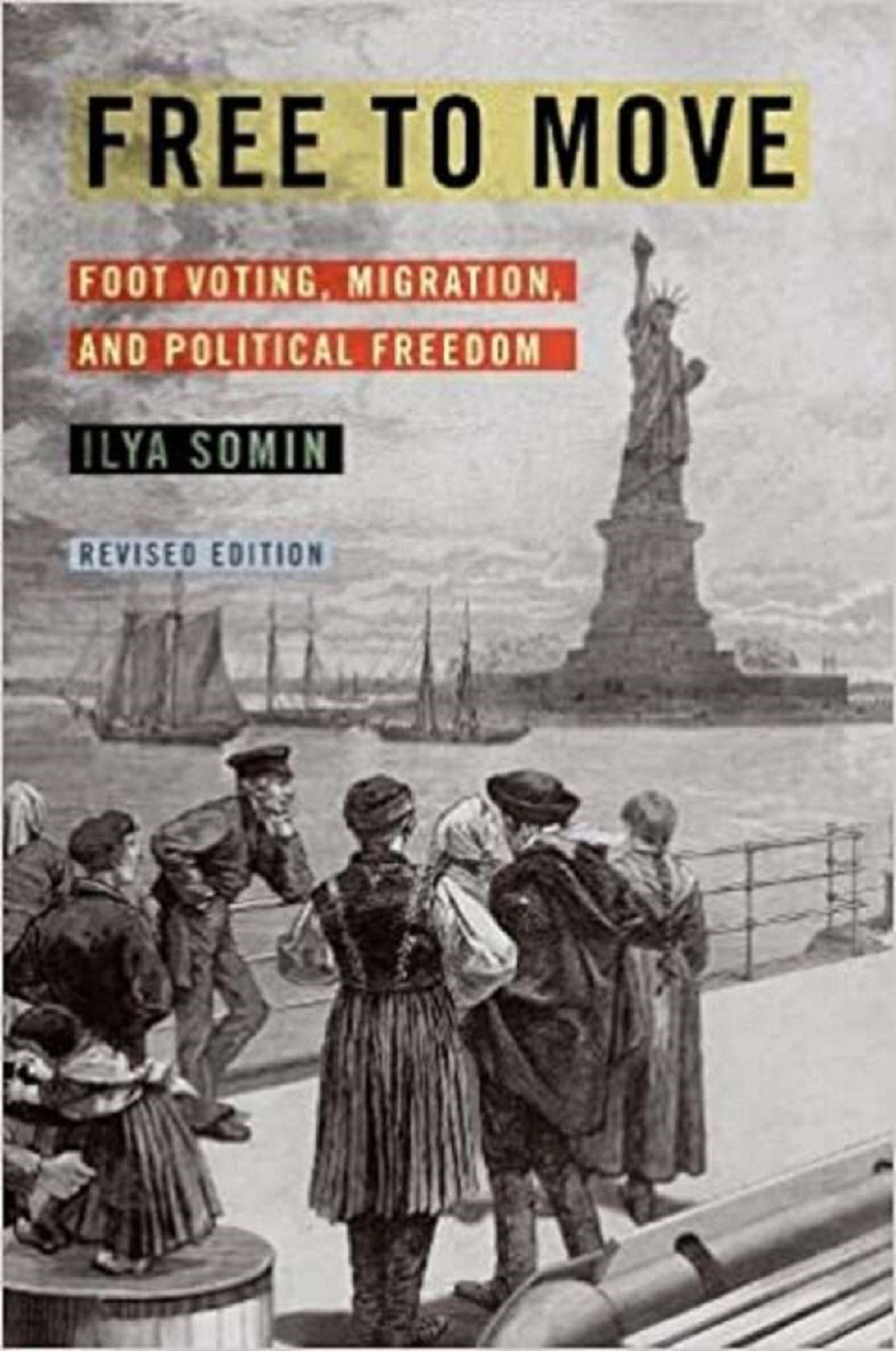
My book in its revised version You are free to move: Voting by foot, migration, and political freedom Dec. 1st, 2009. This third post in a series focuses on issues that were not in the first edition. Previous posts gave a quick overview of the book and addressed the question of migration restrictions to stop the spread disease.
This article examines the consequences of widespread remote foot voting. Similar to pandemic immigration restrictions, the Covid-19 epidemic brought this topic to my (and others’) attention. Because of this virus’s spread, remote work was encouraged. This might continue, at the very least, even after the pandemic passes.
A Pew Research Center October 2020 survey revealed that American workers do their work mostly or entirely at home, up from 7.6% just before the pandemic. It was now 27% according to the survey.
Remote work has one important advantage: it can significantly reduce the cost of moving and increase foot voter opportunities. Remote work allows more people to relocate without having to leave their jobs. An accountant, lawyer or programmer working for a New York City company could relocate to Kansas while continuing their work. Many people find this a great way to reduce the expense of moving to a country with more favorable government policies. If the New Yorker prefers Kansas’ more conservative policies on crime, education, or government spending, she can act on that preference more easily. Same goes for Kansans who wish to relocate to more liberal areas.
However, remote work may reduce foot voting’s value. In the past, foot voting was primarily about moving to areas that offer better employment opportunities. This advantage is less important in an environment where there are no work options nearby.
While remote work may decrease the number of opportunities for foot voting, it is more likely that it will increase their value. Many foot votes still involve government policies not related to work. For example, there are many issues that affect crime, housing, taxation and quality of life. Furthermore, there will be incentives available to jurisdictions to create favorable working environments for both employers and employees. There.
It is possible that the job-related vote will continue to be important, despite the transformative potential of remote working. A November 2020 analysis by McKinsey & Co. concluded that only about 18-26% of jobs in the United States, Britain, Germany, Japan, France, and Spain can be done while working remotely three to five days per week. These figures varied from 18% for Spain to 22% for the US and 26% for the UK. It is impossible to do most jobs such as those in manufacturing, agriculture and personal services remotely. If they must travel to work more than one or two times per week, even those who are able to work remotely most of the time, it is important to still be close to their places of employment.
The future technological advances could make remote working more possible for many employees from a greater variety of industries. We don’t know how and when this might happen. However, in-person work is essential for millions of people well into the future.
The potential for remote work to improve foot voting has been increased overall. We should not assume that most people will be able to work remotely and have no need to meet with customers or employers on a daily basis.
These topics are covered in more detail in Chapter 5, the fifth chapter of my book. Remote work can also lead to inequalities in voting rights, which I consider more to those who are more well-off and have higher education than the rest of the population.

